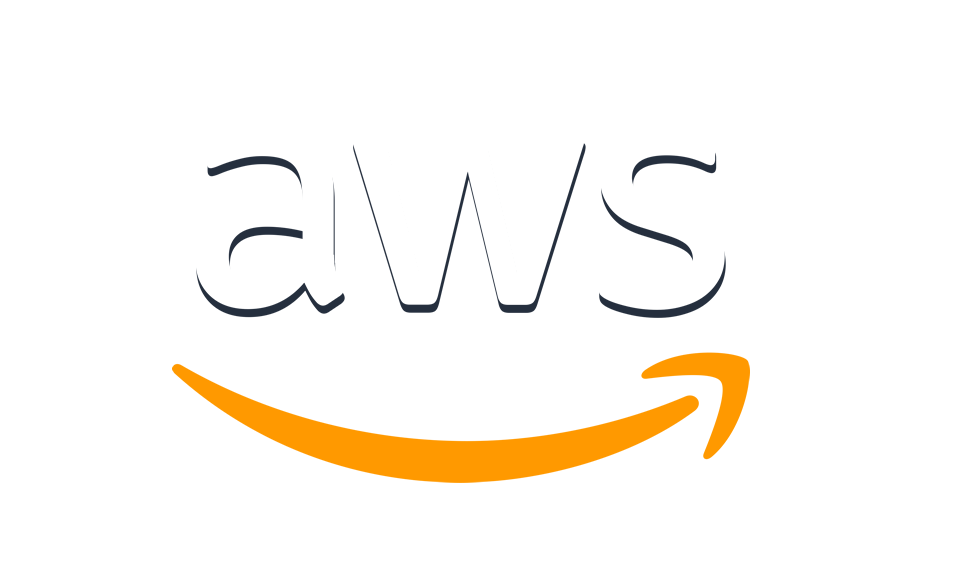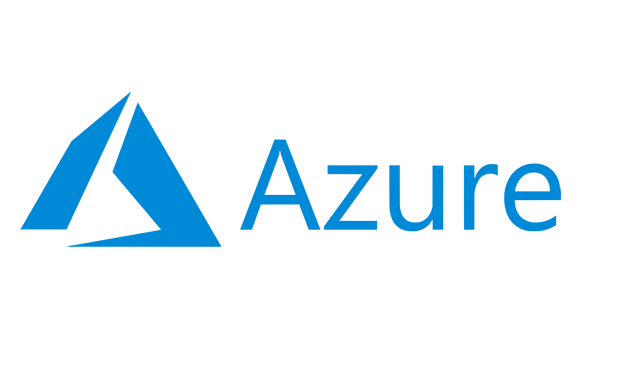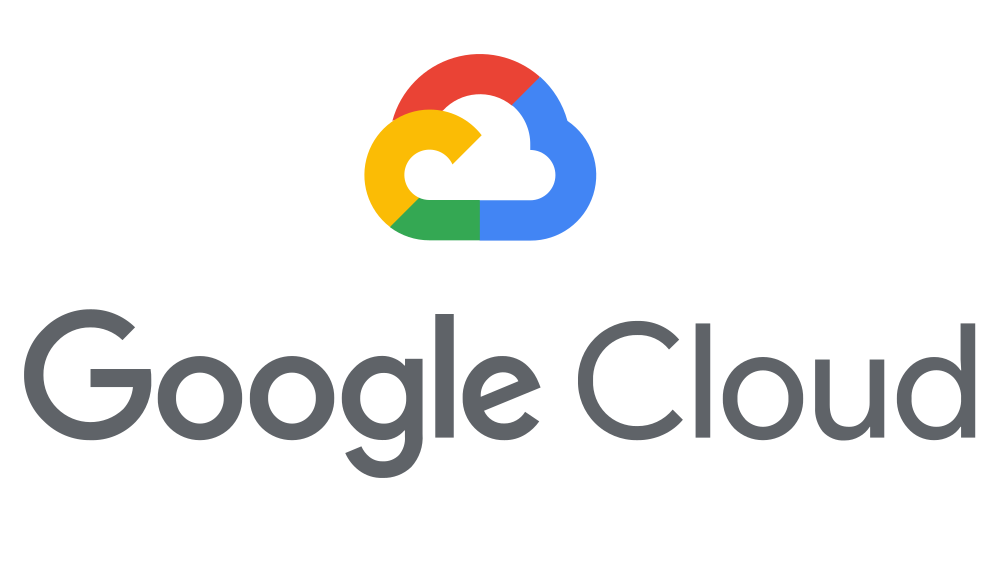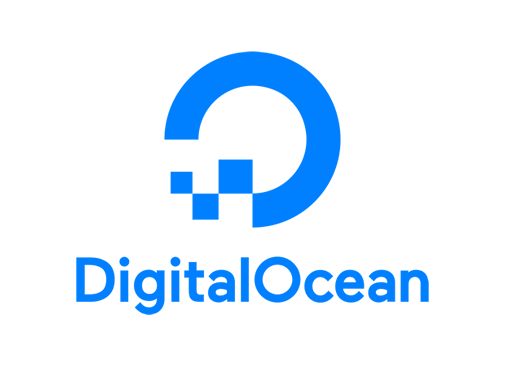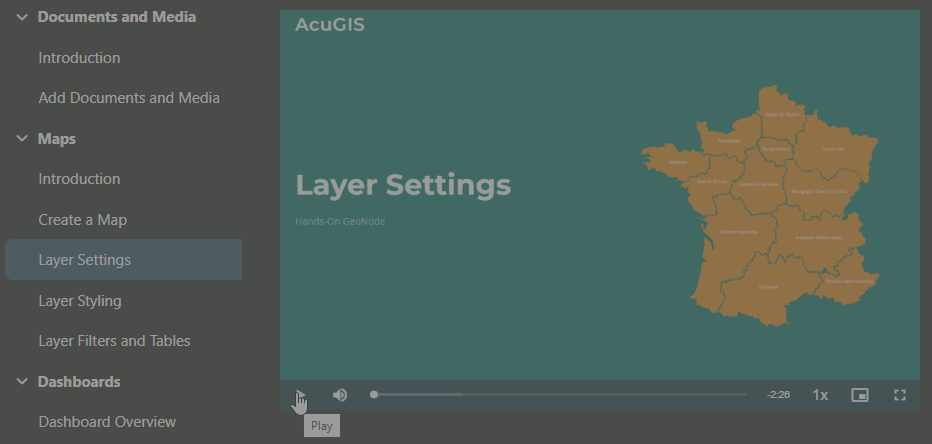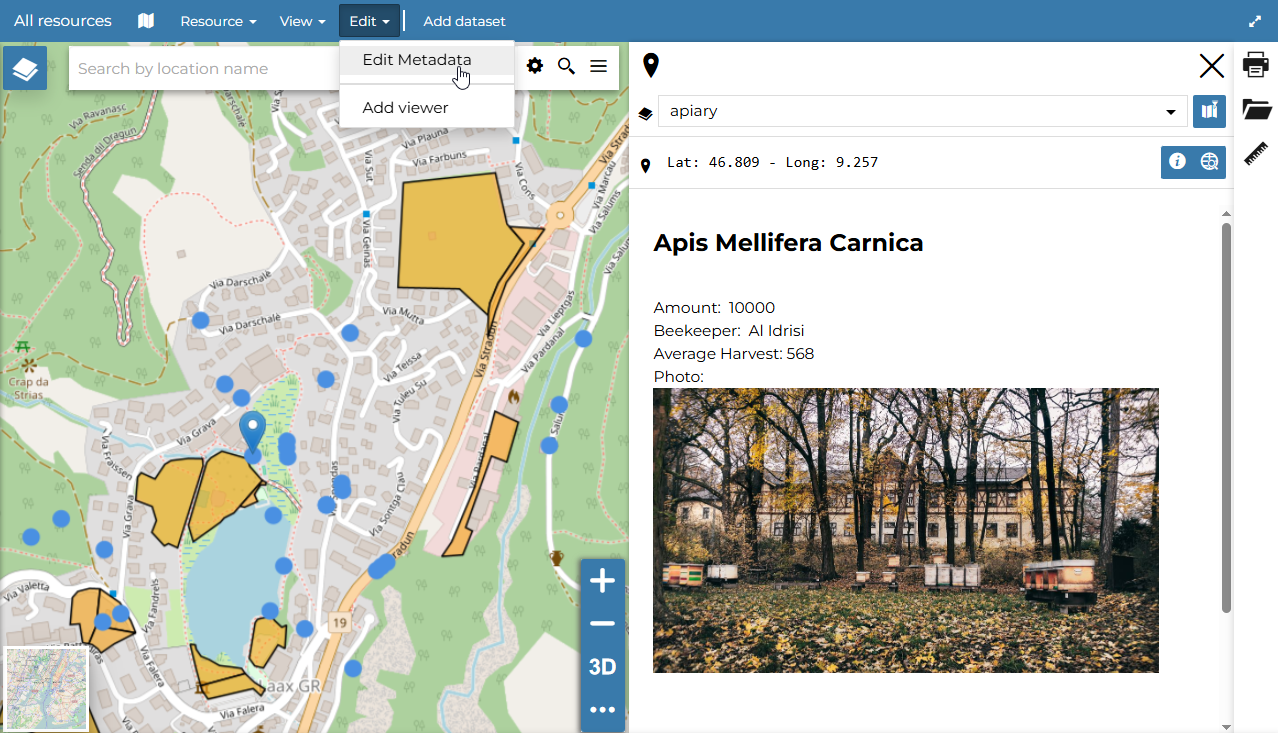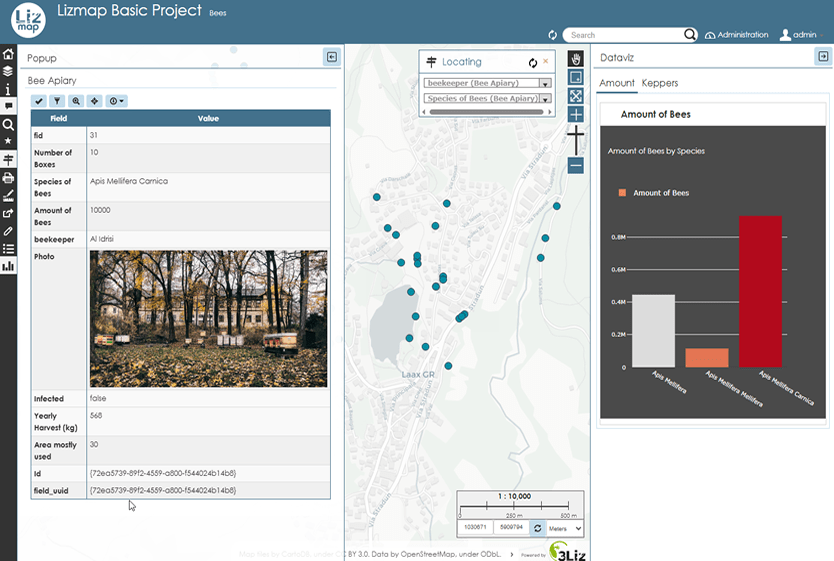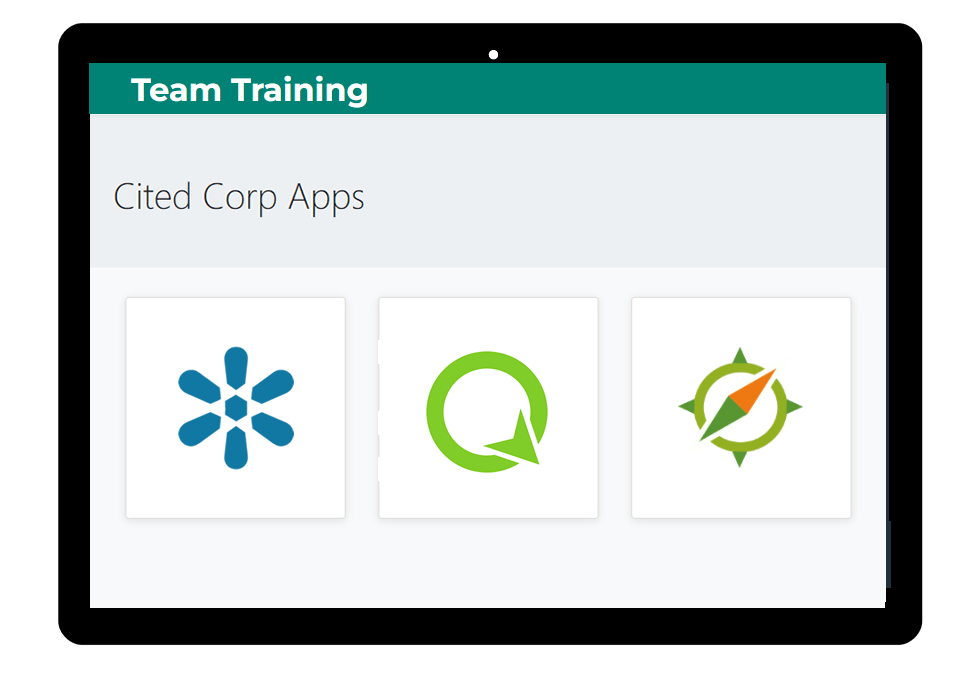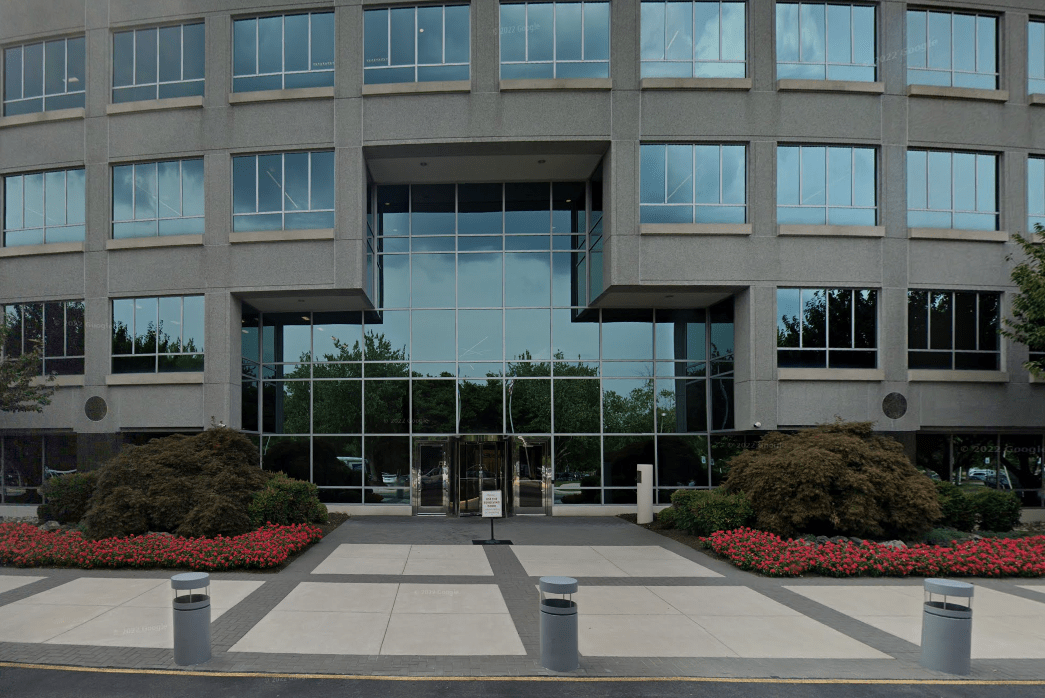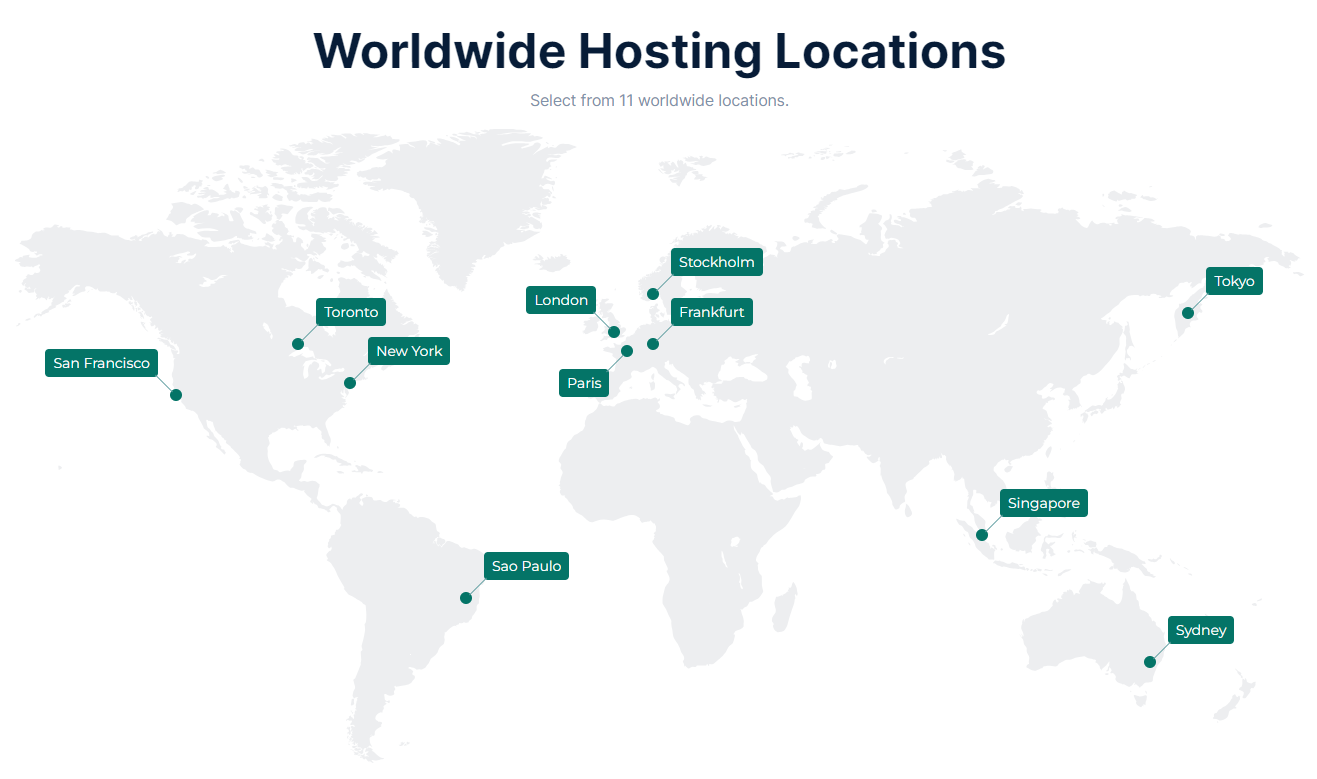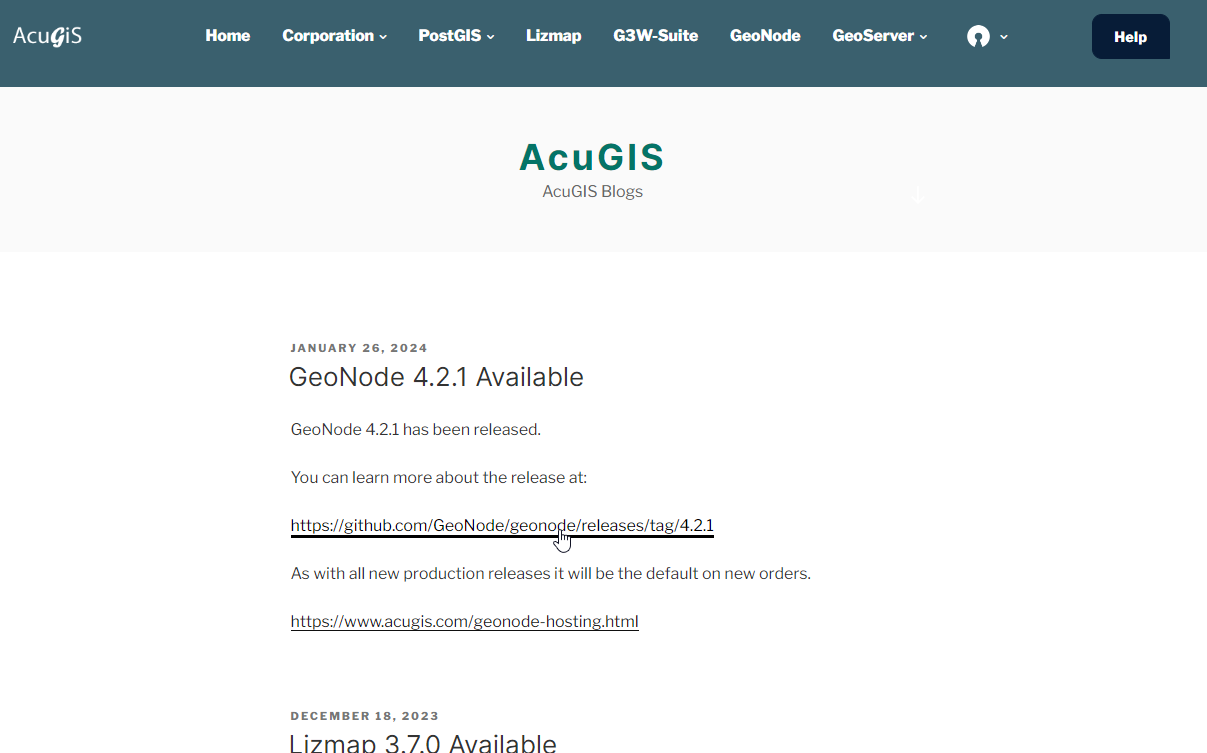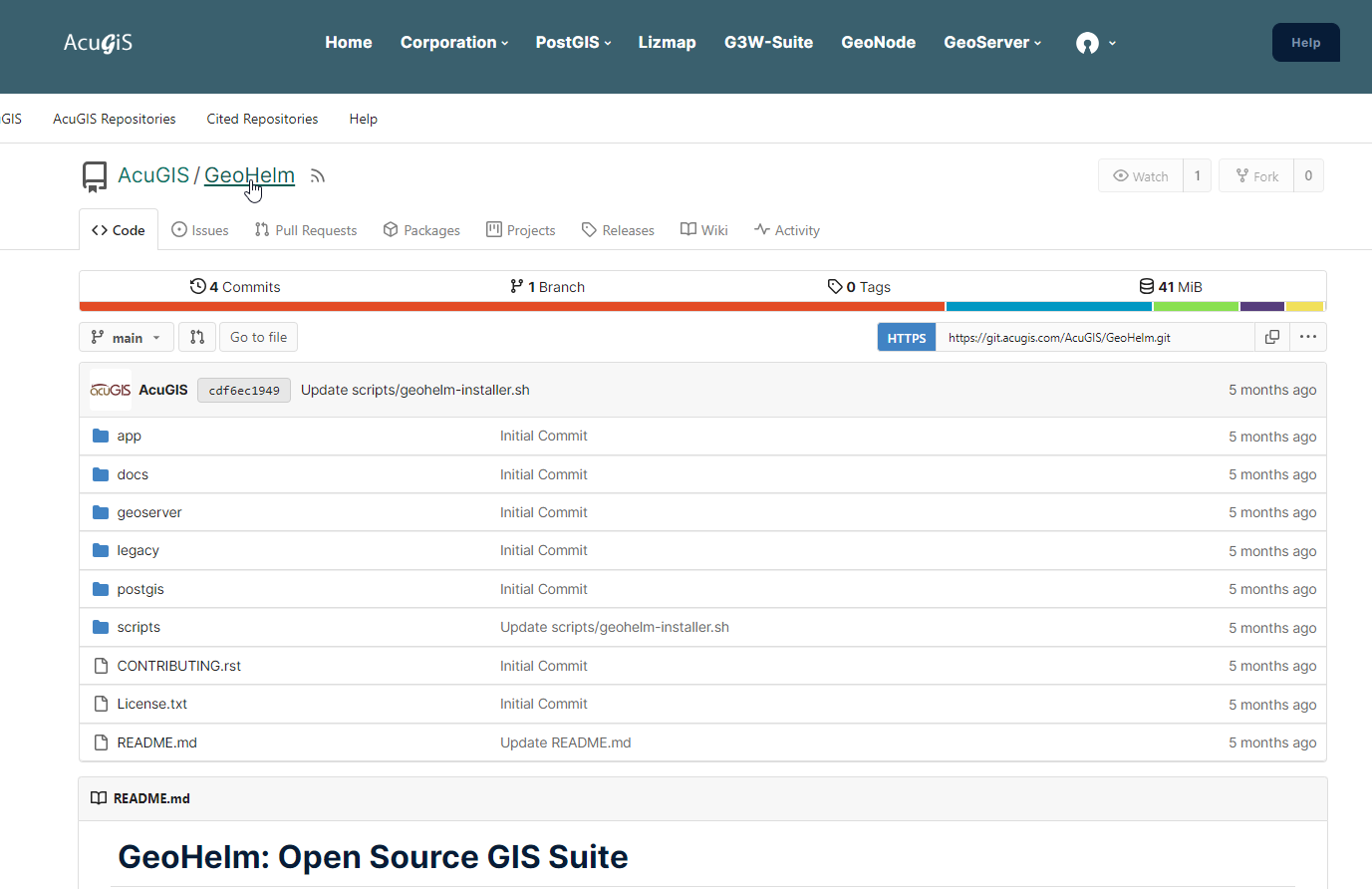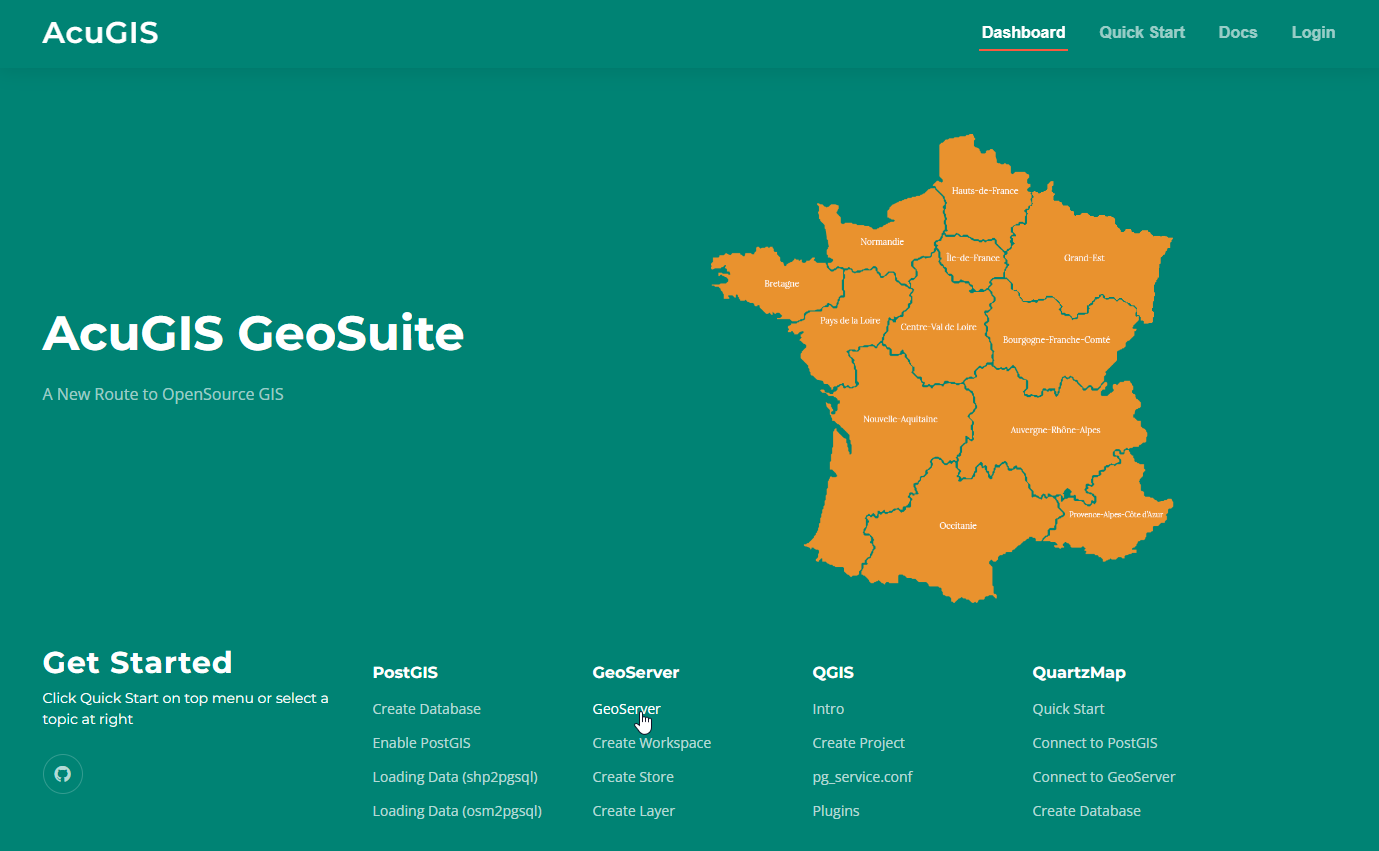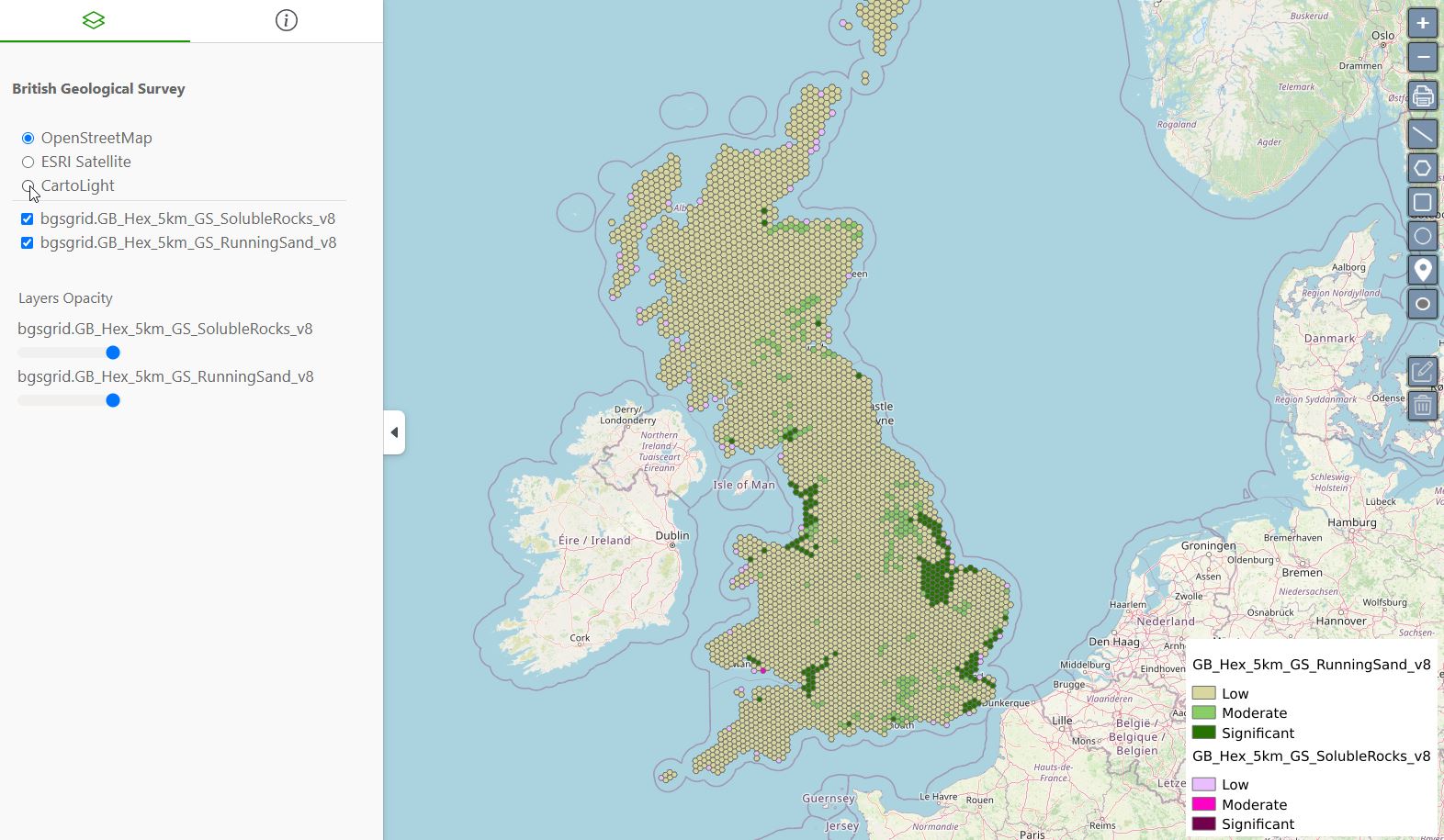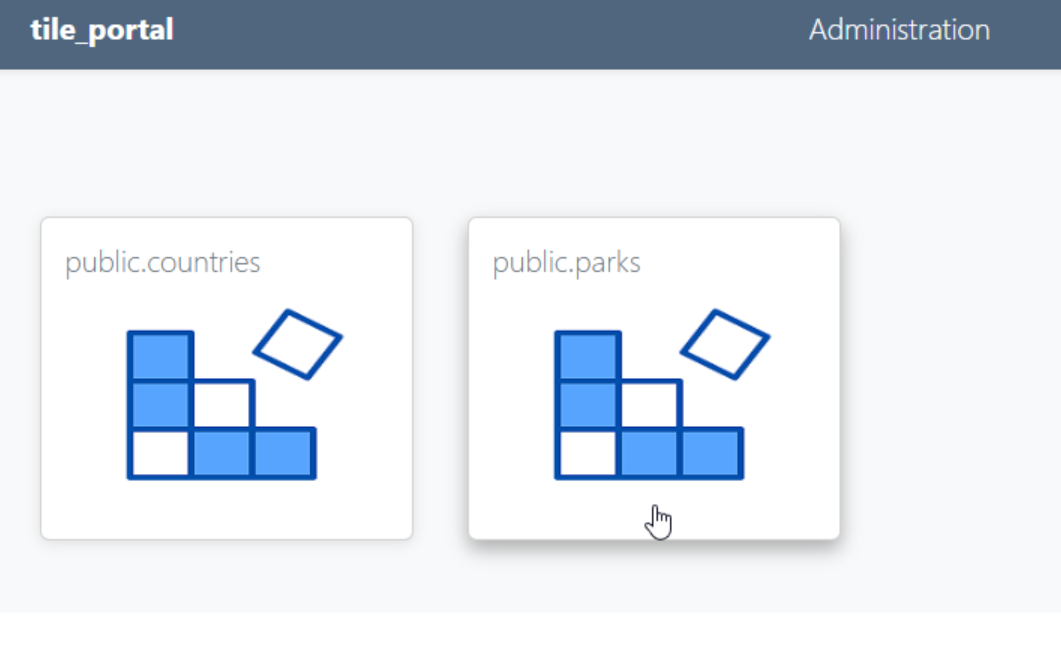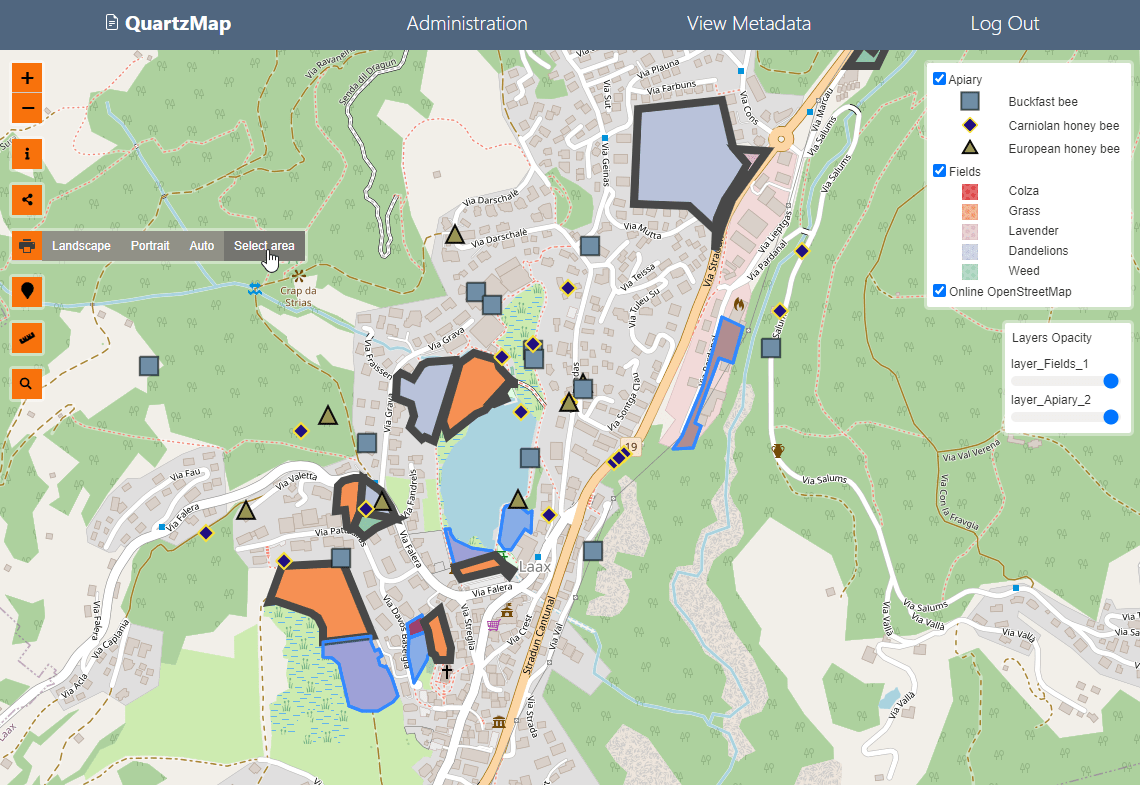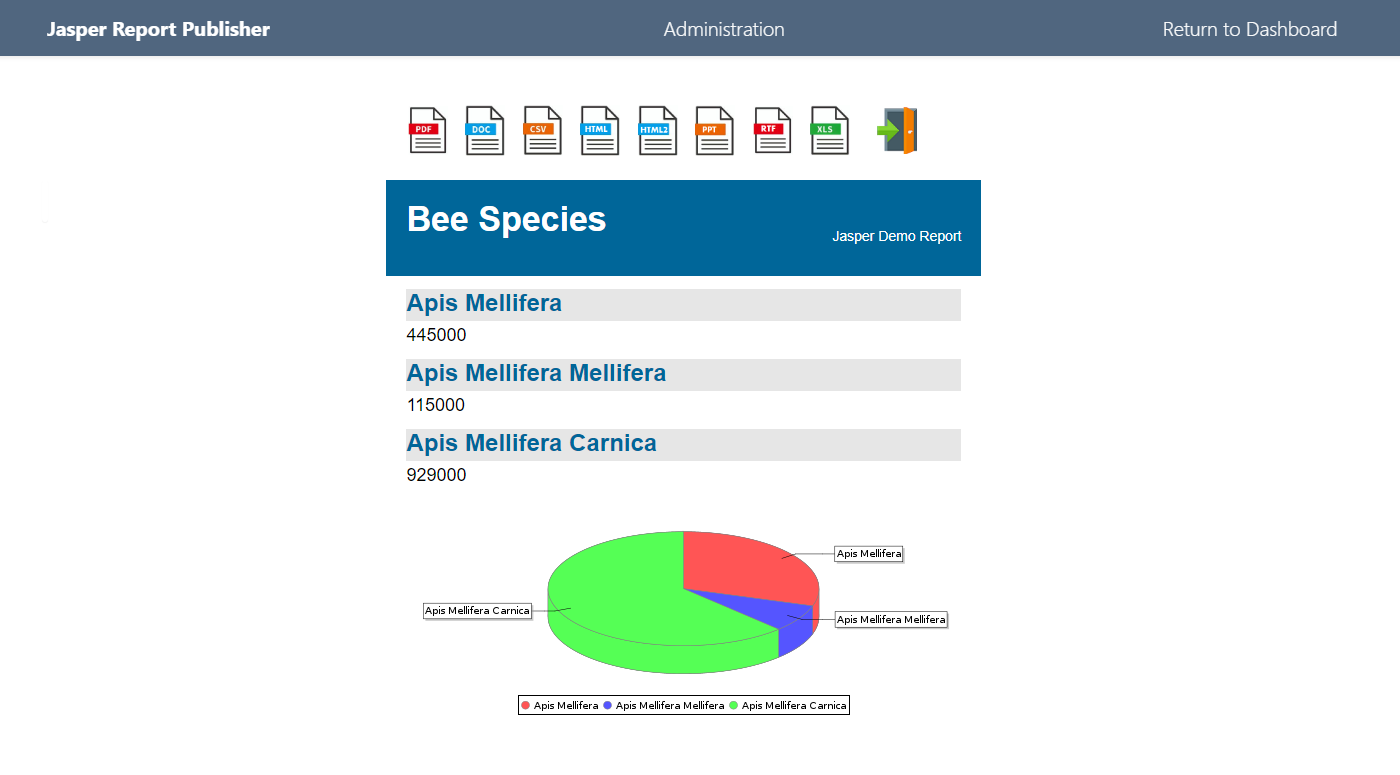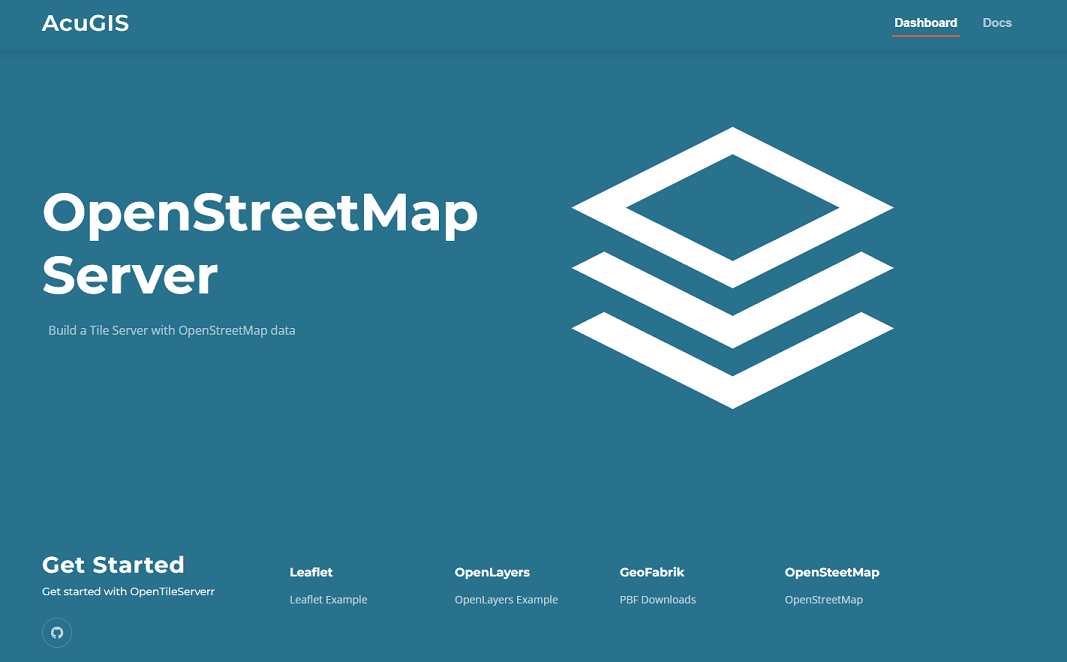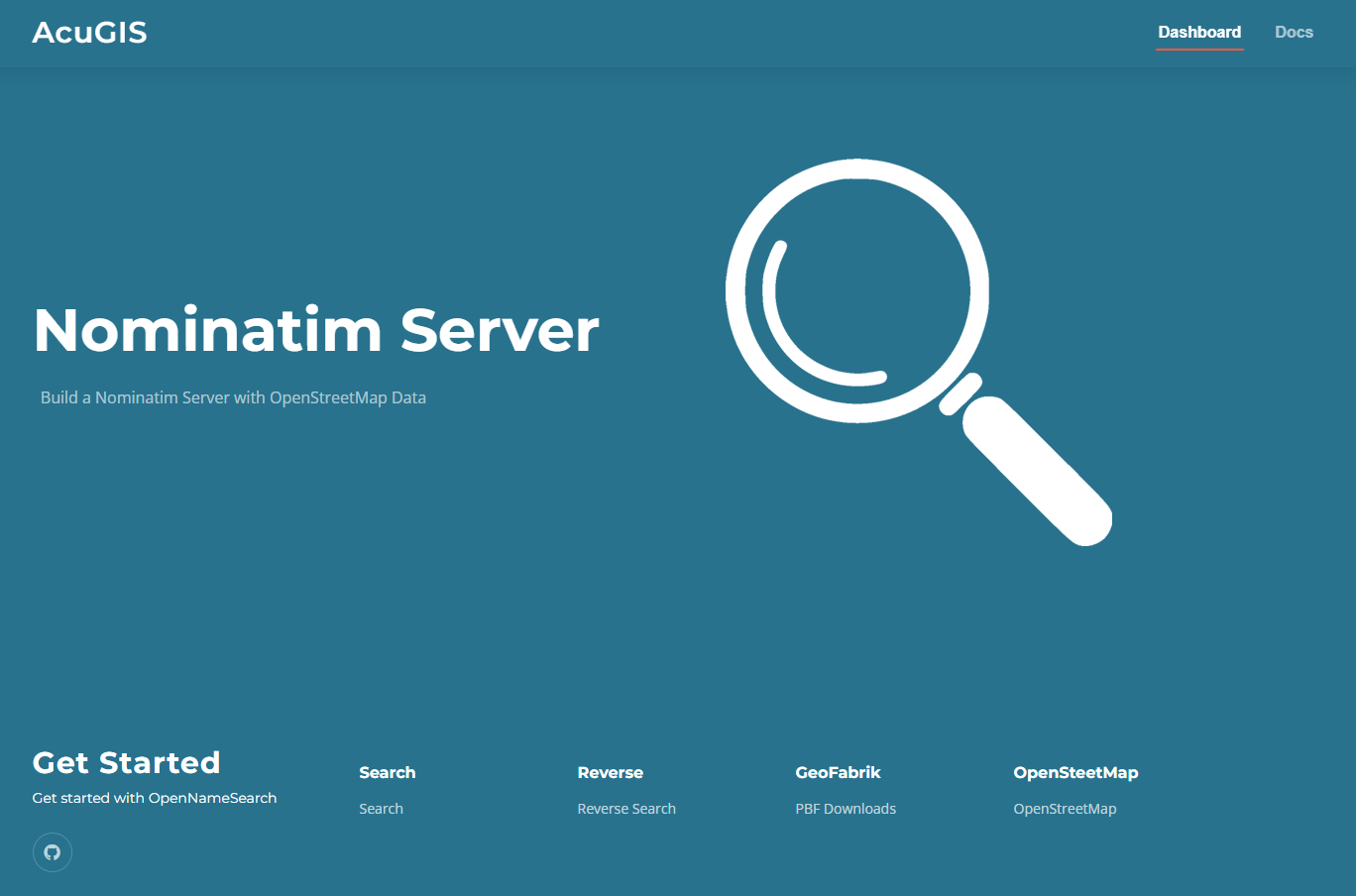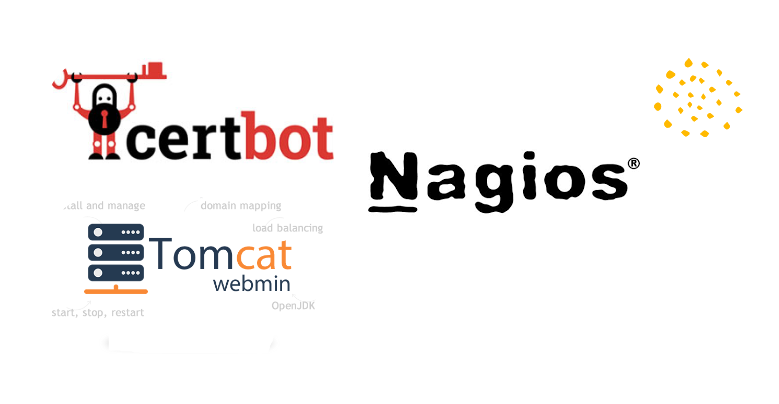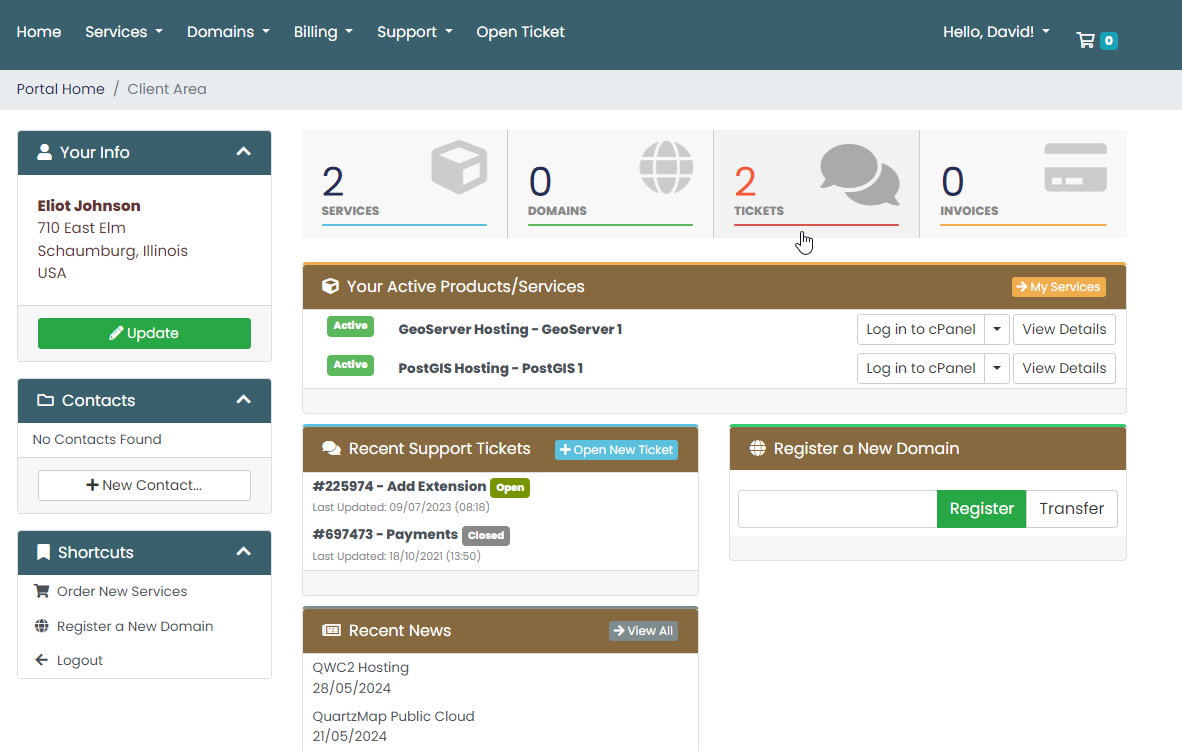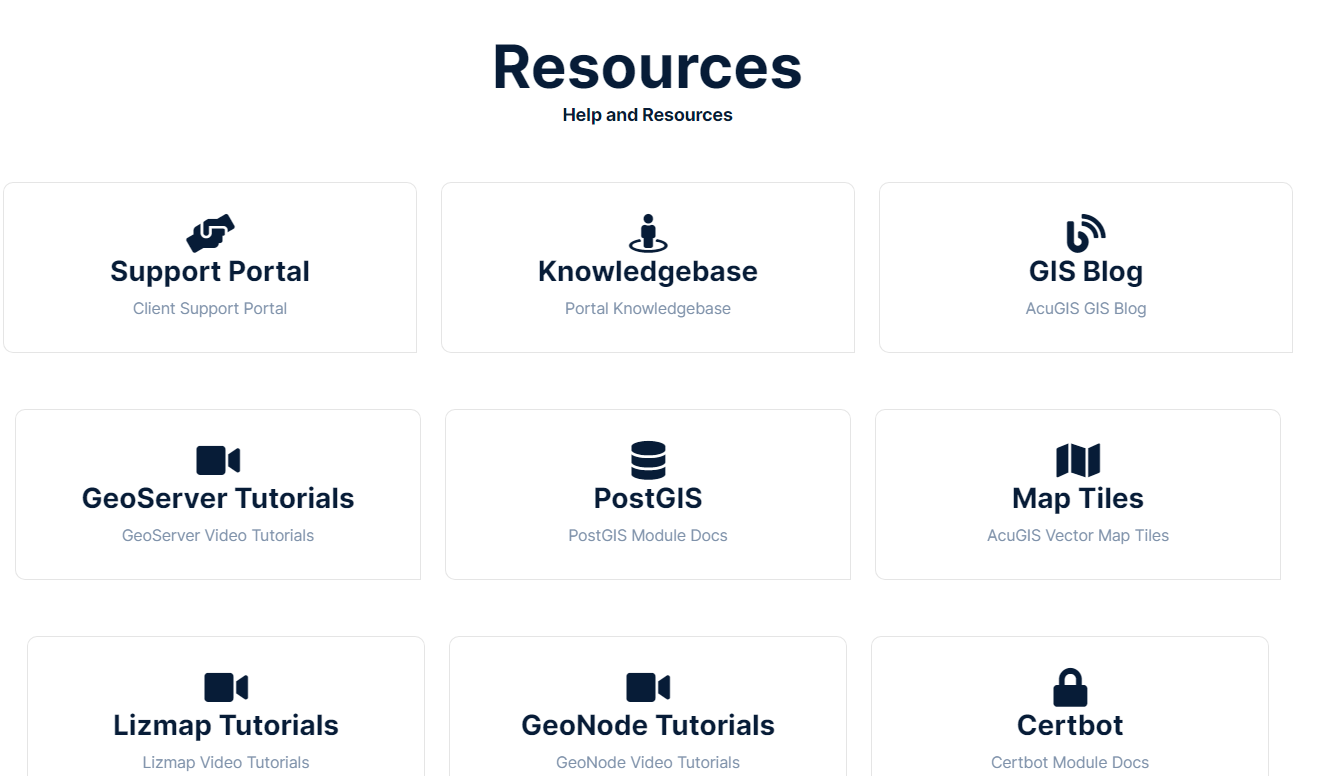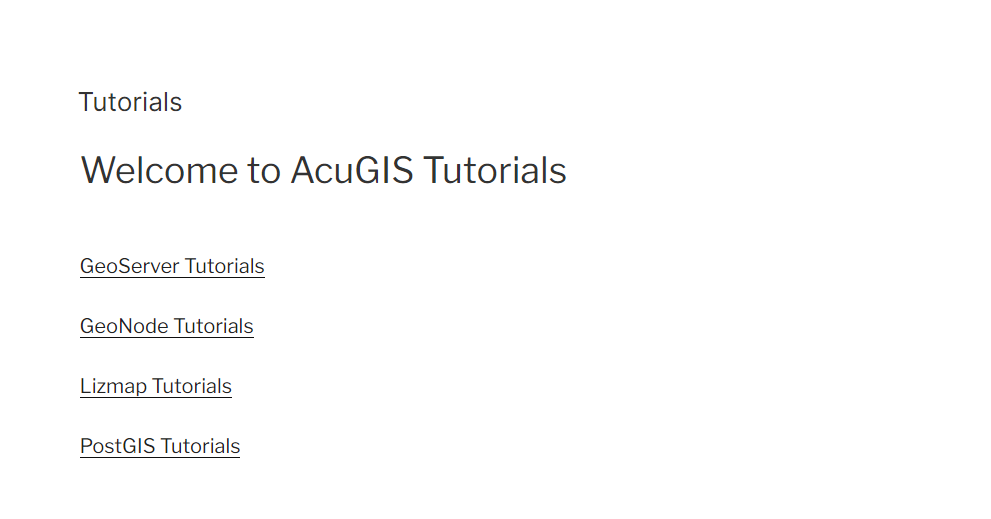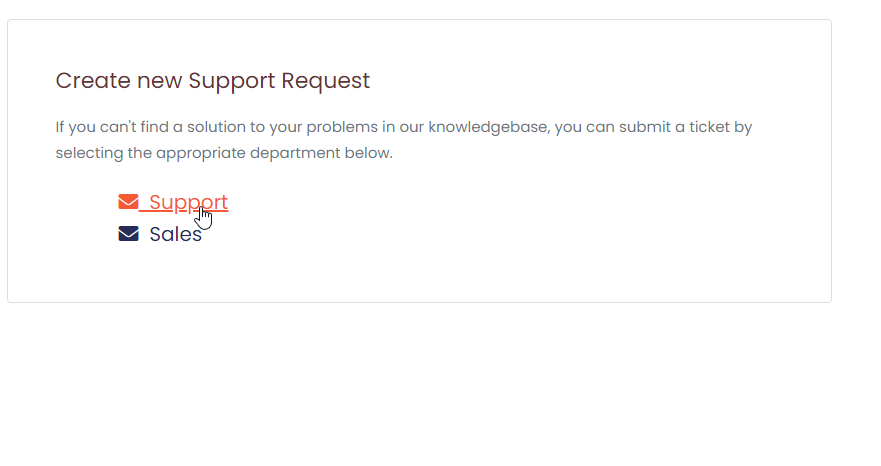TIFF, GeoTIFF, and Cloud Optimized GeoTIFF (COG) are three Raster file specifications.
At it’s simplest:
 | A Tiff file contains only an image. |
 | A GeoTiff contains both an image and location data. |
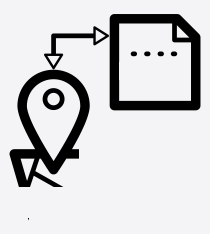 | A COG is a GeoTIFF that has been modified to serve only those parts of the GeoTIFF required by an HTTP Get request. |

The ability of a COG to serve only those parts of a GeoTIFF requested, and not the entire GeoTIFF, make a COG more efficient and faster than a GeoTIFF.
A good analogy to distinguish a GeoTIFF from a COG is viewing a movie on DVD versus viewing a movie on a Streaming Service.
With a DVD, you take delivery of the entire DVD and then proceed to view it. A COG, conversely, only “streams” the bit you are actually watching at this moment.
A Cloud Optimized GeoTIFF accomplishes this in two way:
- By storing the image pixels in smaller untis
- By providing only the required units in response to an HTTP Get request.
You can convert your GeoTIFF to Cloud Optimized GeoTIFF using GDAL.
Learn more about

 PostGIS
PostGIS Mobile
Mobile QGIS
QGIS MapBender
MapBender GeoServer
GeoServer GeoNode
GeoNode GeoNetwork
GeoNetwork Solutions
Solutions